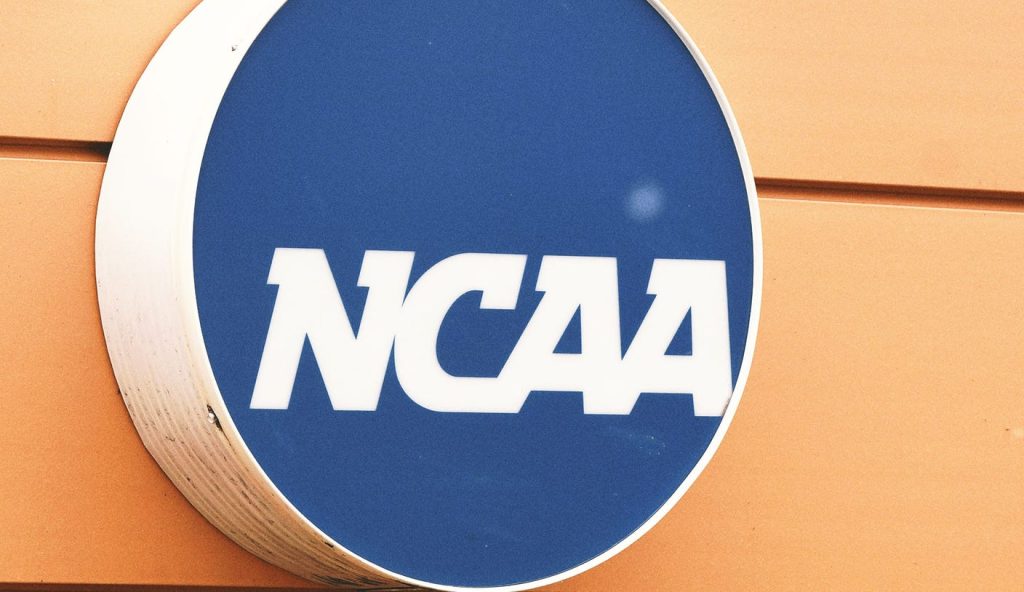The NCAA and the nation’s five biggest conferences have agreed to pay nearly $2.8 billion to settle antitrust claims, paving the way for athletes to receive compensation starting in the 2025 fall semester. The details of the plan signal the end of the NCAA’s amateurism model, with athletes being compensated more like professionals. The agreement calls for payments to over 14,000 former and current college athletes who were prevented from earning money from endorsement and sponsorship deals dating back to 2016. The settlement will be funded by the NCAA and the conferences over a 10-year period, with most of the burden falling on schools in the Big Ten, Big 12, Atlantic Coast, and Southeastern conferences.
In the new compensation model, each school will be permitted to set aside up to $21 million in revenue to share with athletes per year. Athletes in all sports will be eligible for payments, and schools will have the freedom to decide how the money is distributed among sports programs. Scholarship limits will be replaced by roster restrictions, and schools will have the flexibility to determine how to handle NIL activities. However, questions remain about whether the compensation model will comply with Title IX gender equity laws and if schools can bring NIL activities in-house to avoid booster-run collectives.
The class-action federal lawsuit that led to the settlement, House v. the NCAA, was brought by former college athletes, arguing that the NCAA and wealthiest conferences prohibited athletes from earning endorsement money. The case also contended that athletes were entitled to a share of the billions of dollars generated through media rights agreements. The settlement is expected to cover additional antitrust cases challenging athlete compensation rules, with a potential complication in the Fontenot vs. NCAA case remaining unresolved. Despite the settlement, the NCAA and conferences still face litigation challenging their ability to govern themselves and set rules for college athletics.
While the settlement represents a landmark agreement in college sports, it does not resolve all the issues facing the NCAA and major conferences. Discussions surrounding athlete employee status and the need for federal legislation or antitrust exemptions to protect the terms of the settlement are ongoing. NCAA President Charlie Baker has proposed ideas for reforming Division I athletics, including requiring schools with the most resources to pay athletes a minimum salary. Although federal lawmakers have introduced bills addressing these issues, no concrete solutions have been reached. Major college athletics are poised to become more like professional sports with athletes receiving compensation and more rights than before.


